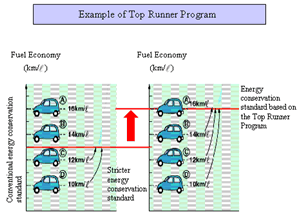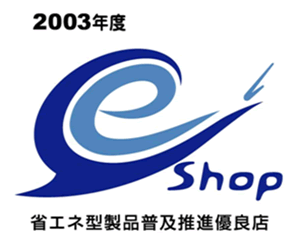Measures for Factories/Business Establishments Under the Energy Conservation Law(2)
- On-site investigation (factory inspection) has been conducted since FY2001 on Type 1 Designated Energy Management Factories.
- Compliance to the factory/business establishments standards is investigated to assess the need for guidance based on objectively set criteria.
- Establishments that have an extremely poor level of energy use rationalization are instructed to prepare/submit a rationalization plan, implement the rationalization plan, and take other relevant steps.



